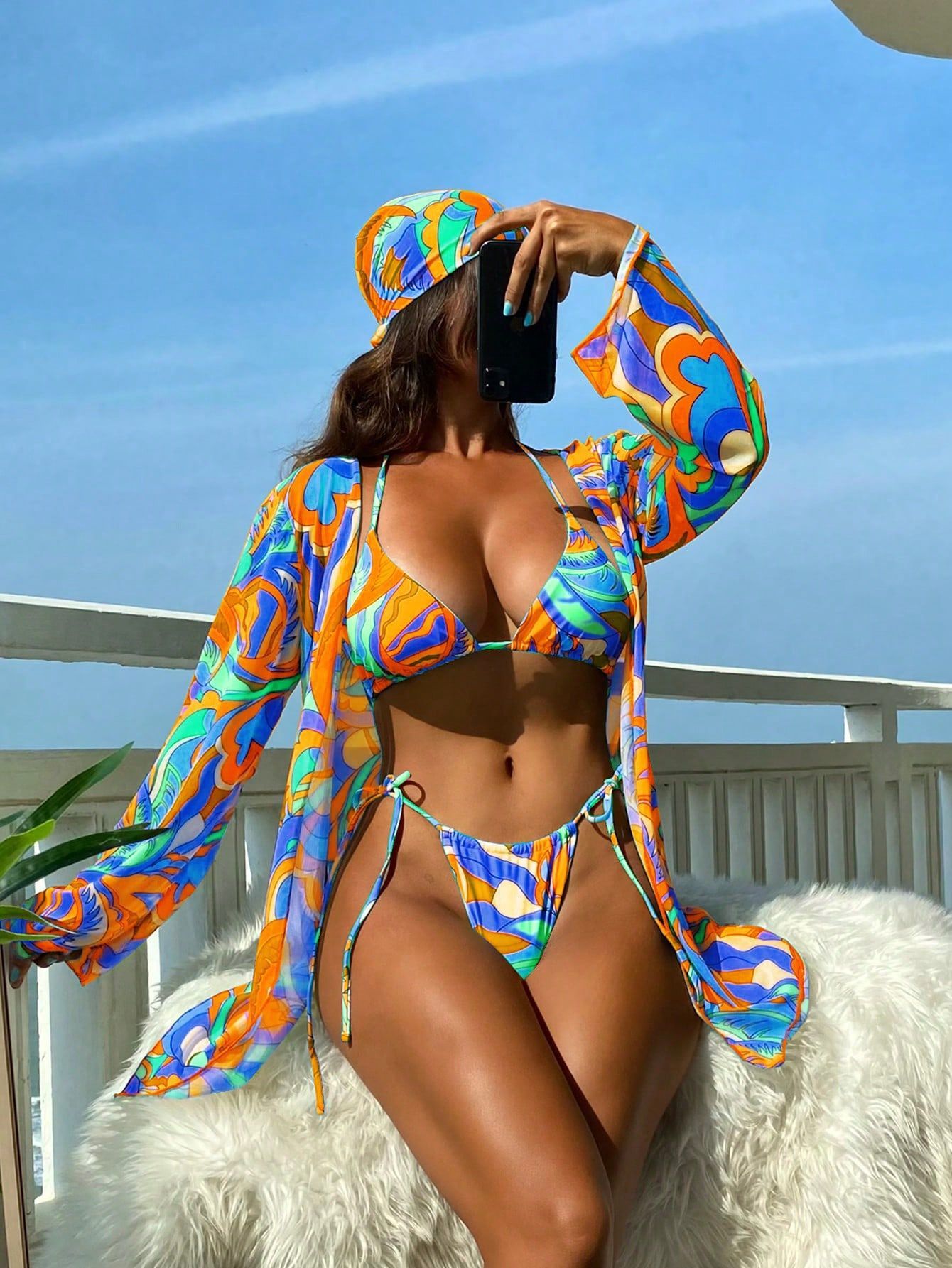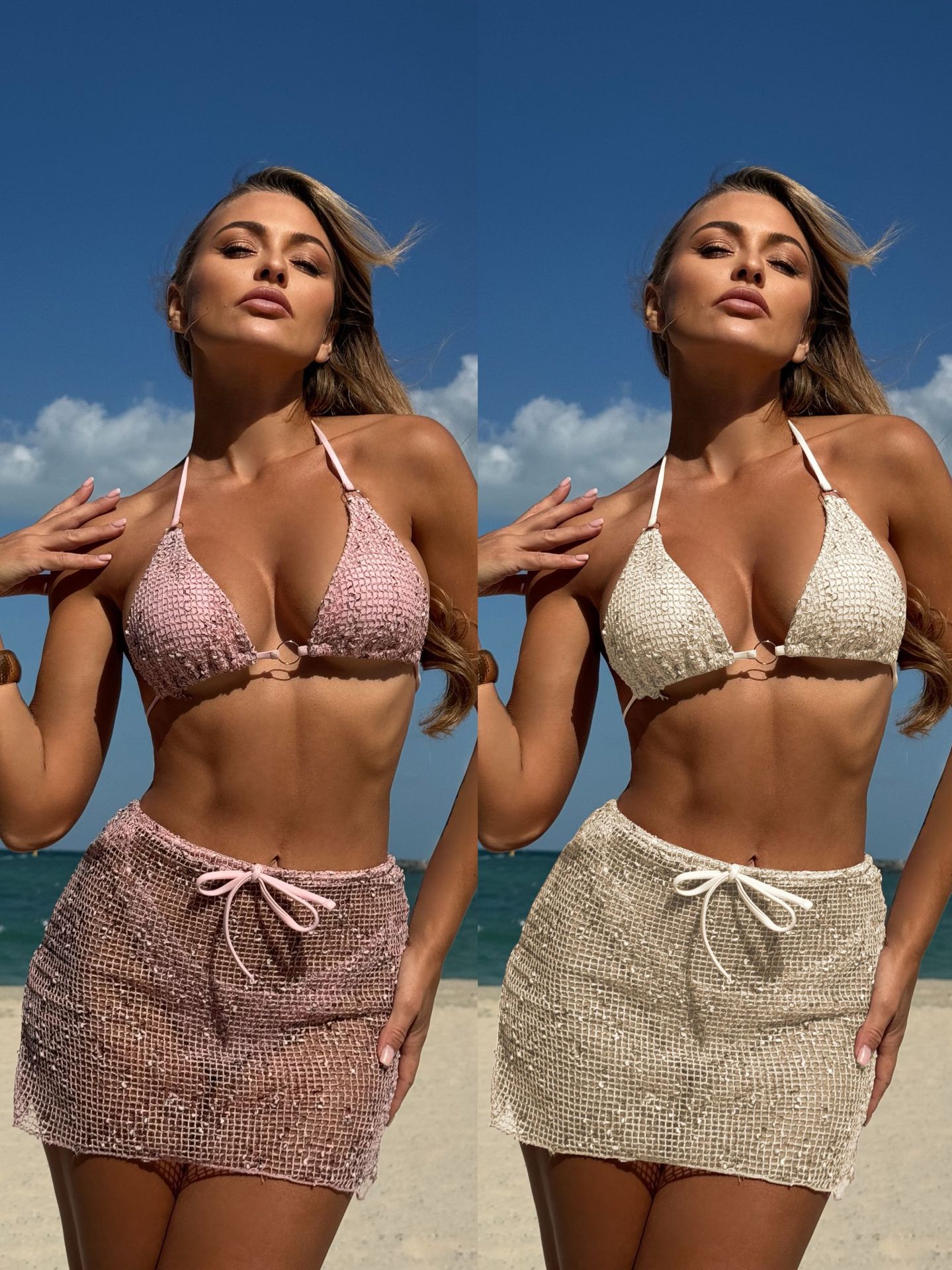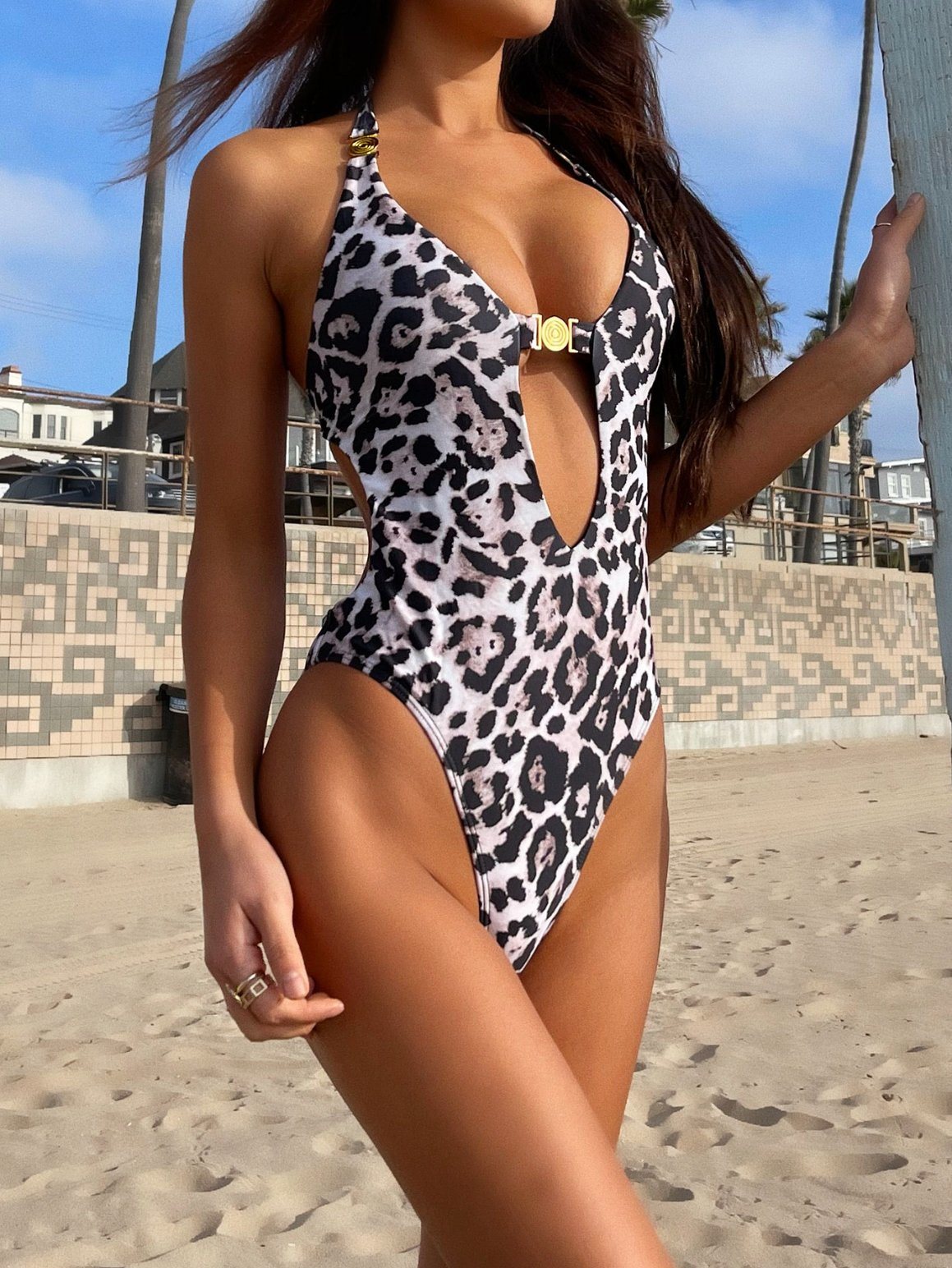Performance bodysuits and racing cut swimwear require specialized manufacturing processes that go far beyond standard swimwear production. These high-performance garments must meet strict standards for compression, hydrodynamics, and durability while maintaining comfort during intense athletic competition.
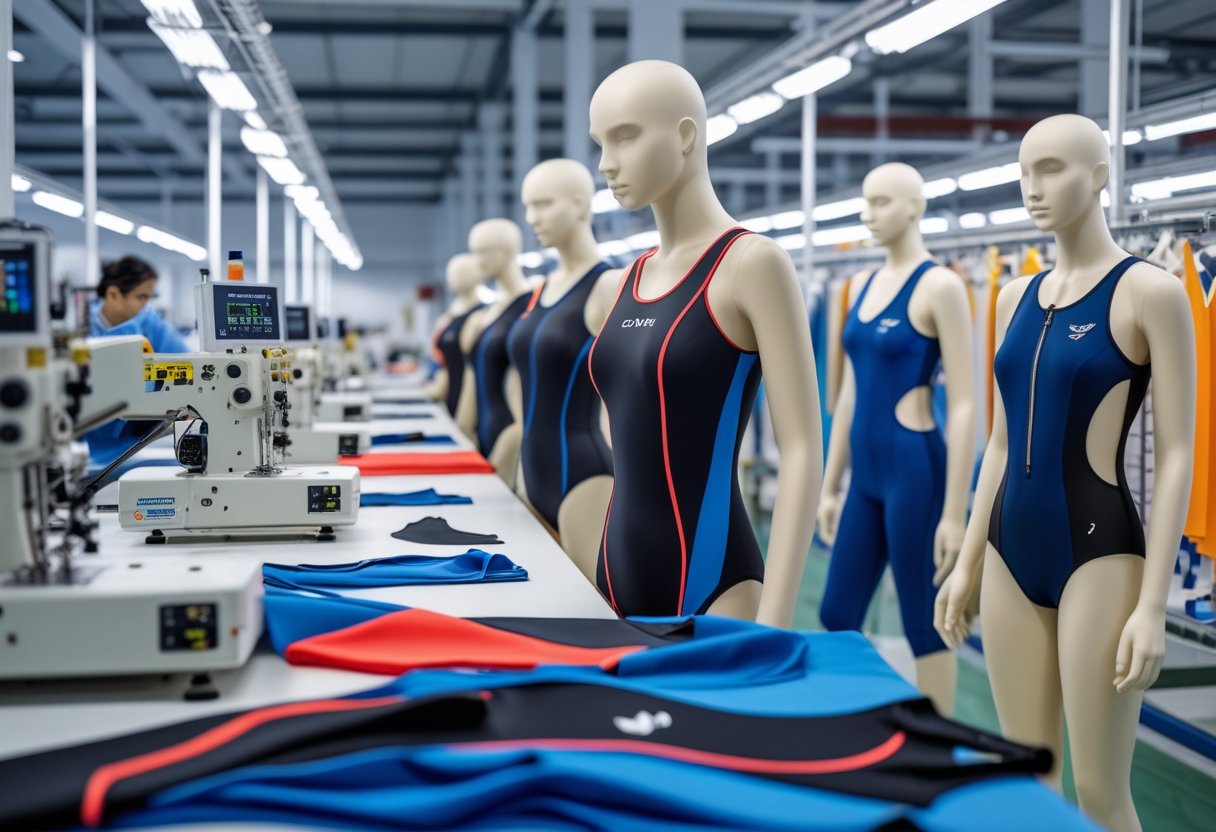
Manufacturing performance bodysuits involves advanced fabric technology, precision pattern cutting, and specialized construction techniques that optimize athlete performance in water and on land. The process requires careful attention to seam placement, fabric stretch properties, and compression zones that support muscle groups without restricting movement.
ODM services provide athletes and brands with custom solutions for performance bodysuit manufacturing that meet specific sport requirements. These services handle everything from initial design concepts to final production, ensuring each garment meets competition standards and athlete specifications.
Key Takeaways
- Performance bodysuits require specialized manufacturing techniques that differ significantly from regular swimwear production
- ODM services offer complete custom solutions from design to manufacturing for athletic brands and individual athletes
- Advanced fabric technology and precision construction are essential for creating competition-grade racing swimwear
Understanding Performance Bodysuit Manufacturing and Racing Cut Swimwear
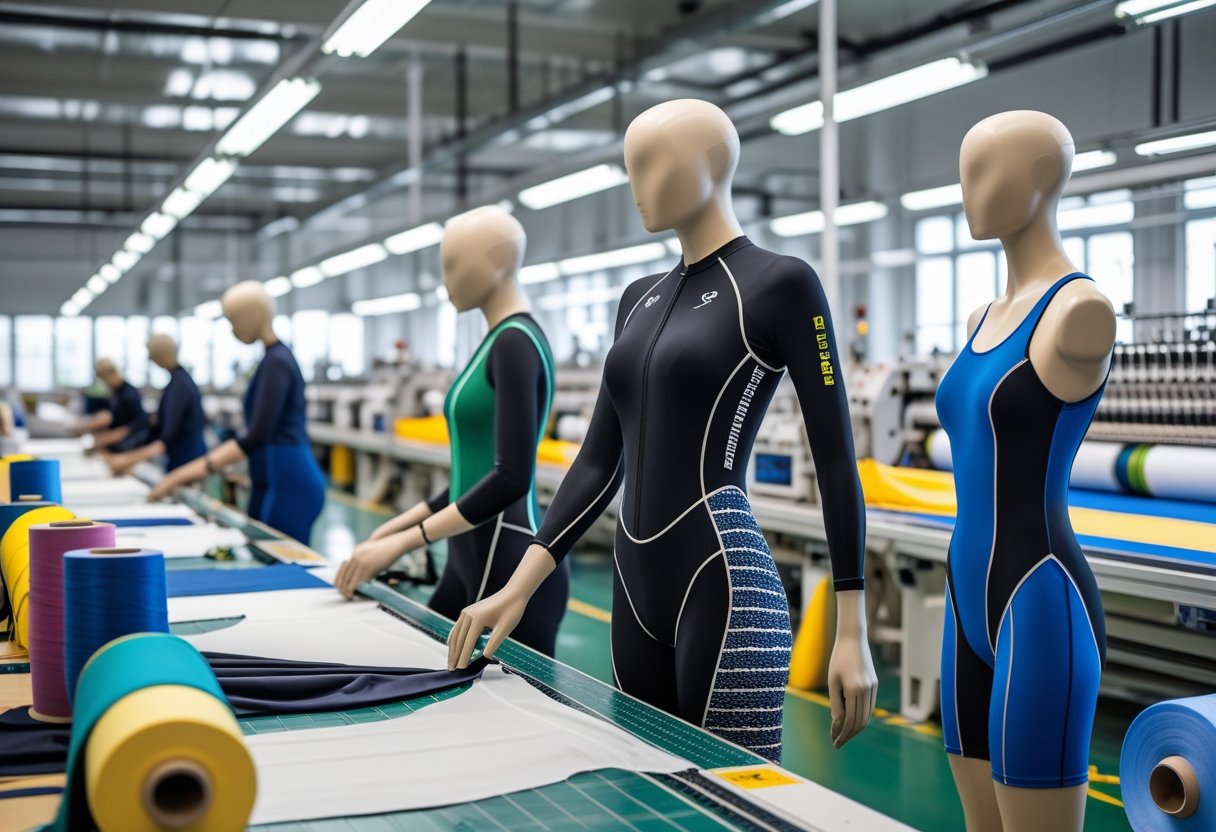
Performance bodysuits rely on advanced compression technology and specialized fabric construction to reduce drag in water. Racing cut designs optimize body position while high-tech materials provide muscle support and enhanced buoyancy.
Key Features of Performance Bodysuits
Performance bodysuits incorporate compression zones that target specific muscle groups during swimming. These zones apply graduated pressure to improve blood flow and reduce muscle vibration.
The suits feature bonded seams instead of traditional stitching. This construction eliminates drag-causing raised edges that slow swimmers down in the water.
Racing swimwear delivers a compressive fit that feels tight when worn correctly. The fabric structure is more delicate than regular swimwear due to its specialized construction.
Water-repellent coatings prevent fabric saturation. This keeps the suit lightweight throughout competition and maintains its compression properties.
Core stabilization panels run along the torso to support proper body alignment. These panels help swimmers maintain optimal stroke mechanics during races.
The Role of Racing Cut in Swimwear
Racing cut swimwear features high-cut leg openings that extend above the hip bone. This design reduces fabric coverage while maximizing freedom of movement.
The cut eliminates excess material around the thighs and hips. Less fabric means reduced water resistance and improved hydrodynamics.
Strategic panel placement follows the body’s natural muscle lines. Swimwear manufacturers position compression zones along the quadriceps, glutes, and core muscles.
Racing cuts provide unrestricted shoulder mobility for all four competitive swimming strokes. The armhole construction allows full range of motion without binding.
The streamlined silhouette created by racing cuts helps swimmers achieve faster times. Elite athletes rely on these precise measurements to gain competitive advantages.
Materials and Performance Fabric Selection
Advanced materials provide high compression levels while reducing drag and improving buoyancy in water. Performance fabric blends typically combine nylon, elastane, and polyester fibers.
Chlorine-resistant treatments extend fabric life in pool environments. These chemical coatings prevent degradation from repeated exposure to pool chemicals.
Fabric weight ranges from 180 to 220 grams per square meter for optimal performance. Lighter fabrics offer better flexibility while heavier options provide maximum compression.
| Fabric Type | Compression Level | Durability | Primary Use |
|---|---|---|---|
| Nylon-Elastane | Medium | High | Training suits |
| Polyester Blend | High | Medium | Competition |
| Technical Weaves | Maximum | Low | Elite racing |
Performance fabric manufacturing involves heat-setting processes that lock in compression properties. This treatment ensures consistent fit throughout the garment’s lifespan.
Moisture-wicking technology moves water away from the skin surface. This feature helps maintain body temperature during warm-up periods before races.
ODM Services for Custom Racing Cut Bodysuits and Swimwear Lines
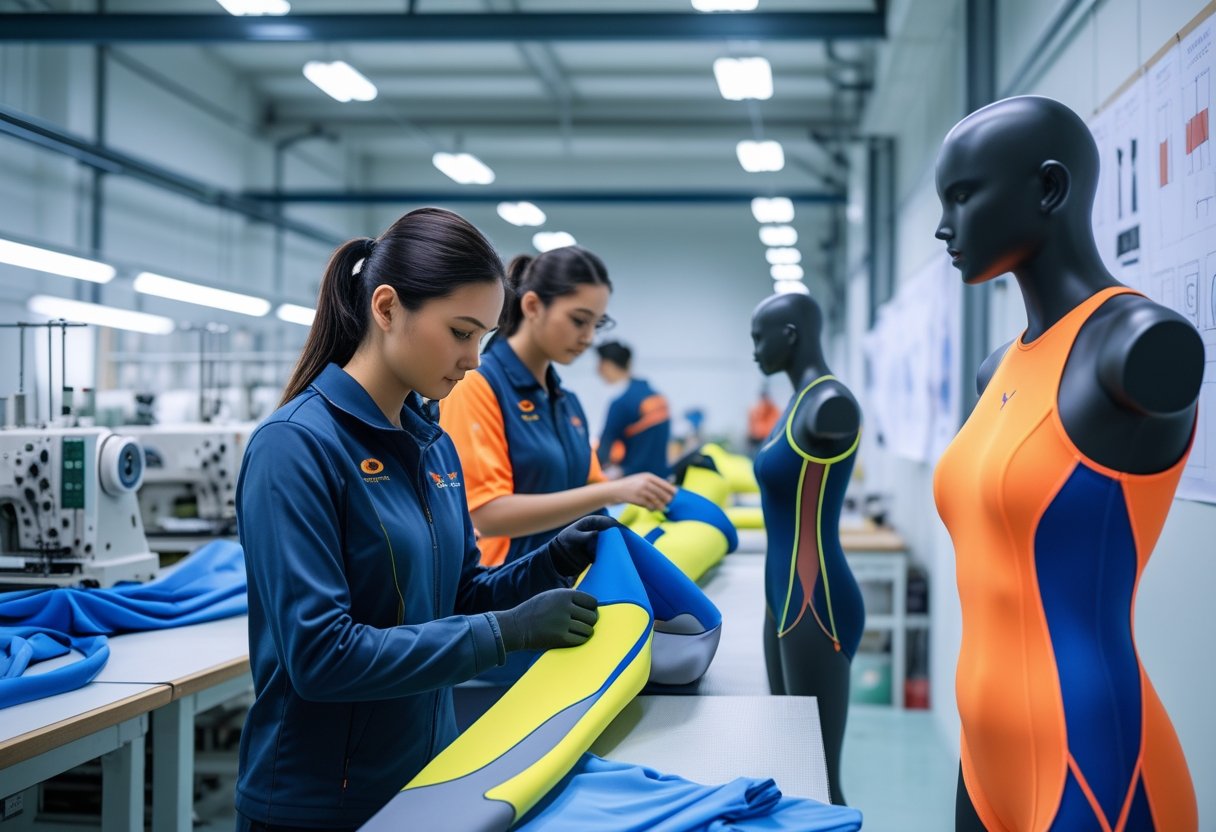
ODM partnerships enable brands to develop custom racing bodysuits with specialized manufacturers who handle design, production, and quality control. These services include full customization capabilities, careful manufacturer selection, and strict quality standards throughout the manufacturing process.
ODM Process and Customization Capabilities
ODM manufacturers work directly with brands to create custom racing bodysuits from initial concept to final production. The process typically begins with design consultation where manufacturers review technical specifications and performance requirements.
Design Development:
- Pattern creation for racing cuts
- Fabric selection for compression and durability
- Color matching and sublimation printing options
- Size grading across multiple measurements
Custom swimwear manufacturers often provide full sublimation printing services. This allows brands to create vibrant designs that maintain color integrity during intense training and competition use.
Most ODM providers offer sample development within 7-14 days. Brands can test fit, performance, and durability before approving full production runs.
Technical customization includes compression zones, seam placement, and fabric weight selection. These factors directly impact swimmer performance and comfort during races.
Choosing the Right Swimsuit Manufacturer
Selecting an appropriate swimsuit manufacturer requires evaluating production capacity, technical expertise, and industry certifications. Manufacturers should demonstrate experience with performance swimwear rather than just fashion pieces.
Key Evaluation Criteria:
- Minimum order quantities (typically 100-500 pieces)
- Production timeline capabilities
- Fabric sourcing and testing facilities
- Previous work with competitive swimwear
Wholesale swimsuit suppliers like RUNNI specialize in OEM/ODM services for global customers. They provide technical expertise for racing-specific requirements.
Location affects shipping costs and communication. Manufacturers in different time zones may slow down the development process for urgent projects.
Certification standards like OEKO-TEX ensure fabric safety and environmental compliance. This becomes important for teams and clubs with strict equipment standards.
Quality Assurance in Manufacturing
Quality control systems ensure racing bodysuits meet performance standards and durability requirements. Manufacturers implement testing protocols at multiple production stages to prevent defects.
Quality Control Steps:
- Fabric inspection before cutting
- Seam strength testing during assembly
- Fit testing with sample garments
- Final inspection before packaging
Rise Sportswear’s swimsuit services include quality assurance for swim teams and diving clubs. Their testing covers fabric performance under chlorine exposure and repeated use.
Manufacturers test compression retention after multiple wash cycles. Racing bodysuits must maintain their shape and support properties throughout their expected lifespan.
Color fastness testing prevents fading during pool use. Chlorine resistance ensures designs stay vibrant even with daily training schedules.
Documentation includes quality certificates and test reports for each production batch. This provides brands with verification that products meet agreed specifications.
Frequently Asked Questions
Manufacturers must meet specific quality standards and certifications for competitive swimwear production. Lead times, customization capabilities, and production processes vary significantly between standard swimwear and high-performance racing bodysuits.
What are the key factors to consider when choosing a manufacturer for high-performance bodysuits?
Fabric technology expertise stands as the most critical factor. Manufacturers should specialize in compression fabrics, water-repelling materials, and seam construction techniques.
Production capacity matters for meeting delivery deadlines. Companies need manufacturers who can handle both small custom orders and large-scale production runs.
Technical knowledge of athletic wear requirements separates quality manufacturers from standard clothing producers. They must understand drag reduction, muscle support, and performance enhancement features.
Location affects shipping costs and communication. Proximity to fabric suppliers and testing facilities can impact both quality and timeline efficiency.
How can you ensure the quality and durability of racing cut swimwear produced by an ODM service?
Pre-production samples allow for fabric testing and fit evaluation. Companies should request multiple prototypes before approving full production runs.
Material specifications must include chlorine resistance ratings and stretch recovery percentages. These numbers determine how well swimwear holds up during training and competition.
Seam strength testing prevents failures during high-stress movements. Flat-lock seams and welded construction offer superior durability compared to standard stitching methods.
Third-party testing facilities provide independent quality verification. They can measure compression levels, water resistance, and fabric longevity under simulated use conditions.
What are the advantages of partnering with private label clothing manufacturers for swimwear lines?
Lower minimum order quantities make private label partnerships accessible for smaller brands. This reduces initial investment risks while building market presence.
Brand customization options include custom labels, packaging, and design modifications. Companies can create unique product lines without developing manufacturing capabilities.
Faster time-to-market happens when manufacturers have existing patterns and production systems. Private label partners eliminate the need for extensive product development phases.
Cost control improves through shared production resources and bulk material purchasing. Manufacturers spread overhead costs across multiple brand partners.
What certifications should a reputable swimwear manufacturer have to meet international standards?
OEKO-TEX Standard 100 certification ensures fabric safety and chemical compliance. This certification covers harmful substances that could affect skin contact during wear.
ISO 9001 quality management certification demonstrates consistent production processes. It shows manufacturers maintain documented procedures for quality control and customer satisfaction.
CPSIA compliance applies to children’s swimwear in the United States. This covers lead content limits and phthalate restrictions for youth-sized products.
Global Organic Textile Standard (GOTS) certification matters for eco-friendly swimwear lines. It covers organic fiber content and environmental manufacturing criteria.
How does the production process for performance bodysuits differ from standard swimwear fabrication?
Pattern precision requires computer-aided design for exact compression zones. Performance suits need specific pressure distribution that standard swimwear patterns cannot provide.
Fabric cutting uses specialized techniques to maintain stretch properties. Laser cutting and ultrasonic methods prevent fabric distortion that affects performance characteristics.
Construction methods focus on minimizing drag and water retention. Welded seams replace traditional stitching in many areas to create smoother surface profiles.
Quality testing includes performance metrics beyond basic durability. Manufacturers test compression gradients, hydrodynamic properties, and muscle support effectiveness.
Can manufacturers provide customization options for competitive swimwear, including unique prints and designs?
Digital printing technology enables custom graphics and team logos on performance fabrics. Sublimation printing creates permanent designs that won’t affect fabric stretch or compression.
Color matching services ensure brand consistency across product lines. Manufacturers can match specific Pantone colors or existing team uniform schemes.
Size grading accommodates athlete-specific measurements beyond standard sizing charts. Custom measurements create better-fitting suits for optimal performance benefits.
Design modifications include altered necklines, leg cuts, and compression panel placement. These changes address specific sport requirements or athlete preferences while maintaining performance standards.
The manufacturing process for custom performance bodysuits involves detailed planning and specialized production techniques that differ significantly from standard swimwear fabrication.


